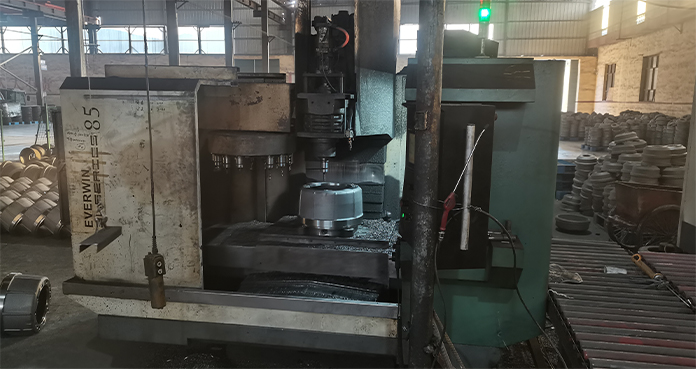Nov . 21, 2024 01:58 Back to list
when to replace semi truck brake drums
When to Replace Semi Truck Brake Drums
Maintaining the safety and performance of a semi truck is paramount for any trucking operation. One of the critical components of a truck's braking system is the brake drum. Proper maintenance and timely replacement of brake drums are vital for ensuring effective braking performance and the overall safety of the vehicle. So, when should a semi truck brake drum be replaced? This article will guide you through the signs indicating it's time for a change and the best practices for maintenance.
Signs of Wear and Damage
1. Visual Inspection One of the first steps in determining whether your brake drums need replacement is through a thorough visual inspection. Look for any visible signs of cracks, corrosion, or warping. If there are noticeable defects, it's time to replace the brake drums.
2. Increased Stopping Distance If the truck takes longer to stop than usual, it may indicate that the brake drums are worn out. When brake drums become too thin from excessive wear, they are less effective at dissipating heat, leading to reduced braking performance.
3. Unusual Noises Pay attention to strange sounds when you apply the brakes. A grinding or squeaking noise can be a sign that the brake pads are worn down to the metal and can lead to drum damage.
4. Vibration or Pulsation If you feel a vibration or pulsing when braking, this might point to a warped brake drum. Warping can occur from excessive heat buildup, which can change the drum's shape and affect your ability to stop safely.
5. Cracks or Fractures Inspect for small cracks or fractures on the surface of the brake drum. If you notice any, replace the drum immediately. Cracked drums can lead to catastrophic failure while on the road.
when to replace semi truck brake drums

Guidelines for Replacement
1. Consult Manufacturer Specifications Each truck manufacturer will provide specifications regarding the minimum allowable thickness of the brake drum. Regularly measure the thickness of your brake drums during maintenance checks and replace them if they fall below the manufacturer's specifications.
2. Regular Maintenance Schedule Establishing a regular maintenance schedule is vital for maximizing safety and performance. Check your brake drums during routine inspections and replace them as necessary, typically every 150,000 to 200,000 miles under standard operating conditions.
3. Consider the Environment Trucks operating in harsher environments—such as those involving steep inclines, heavy loads, or frequent stop-and-go traffic—may require more frequent brake drum inspections and replacements.
Post-Replacement Considerations
After replacing the brake drums, it is crucial to follow proper operational procedures. Ensure that the new drums are matched with appropriate brake pads and other components to prevent uneven wear. Additionally, consider performing a break-in procedure as recommended by the drum manufacturer to optimize performance.
Conclusion
Replacing semi truck brake drums is not merely a task to be considered; it is an essential aspect of ensuring road safety and vehicle performance. By adhering to a regular maintenance routine and being vigilant for signs of wear and damage, operators can extend the lifespan of their braking systems and contribute to a safer driving experience. Remember, proactive maintenance today can prevent costly repairs and accidents tomorrow. Always opt for quality components and seek professional assistance if unsure about any signs of wear. Safe travels!
-
Scania Brake Drums: OEM Quality for Optimal Safety & Durability
NewsAug.16,2025
-
R.V.I: Advanced Remote Visual Inspection for Precision
NewsAug.15,2025
-
Discover HYUNDA: Innovative Vehicles, Equipment & Solutions
NewsAug.14,2025
-
R.V.I: Unlock Advanced Insights & Real-time Performance
NewsAug.13,2025
-
Kamaz Brake Drum: Durable & Reliable for Heavy Duty Trucks
NewsAug.12,2025
-
Heavy Duty Iveco Brake Drum - Premium Quality & Safety
NewsAug.11,2025
